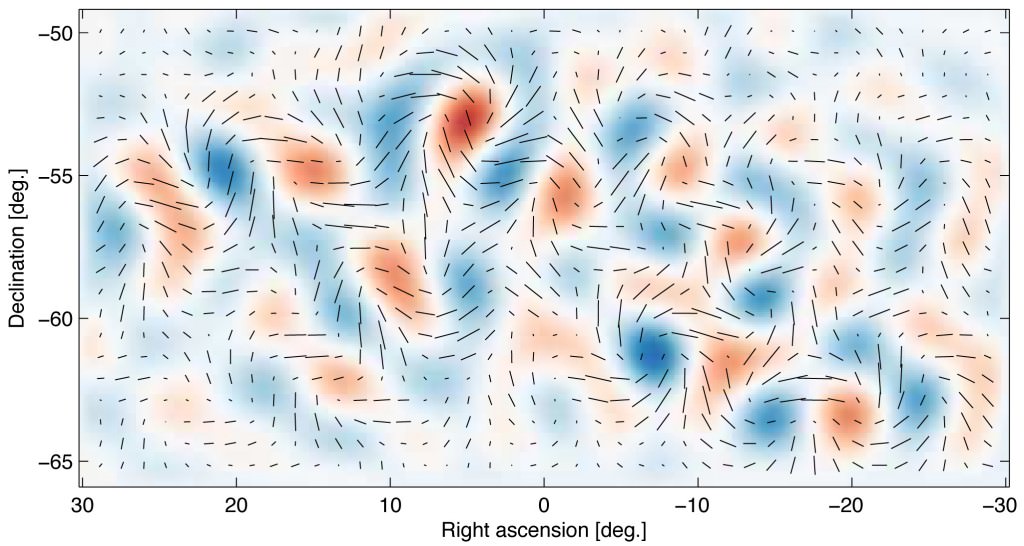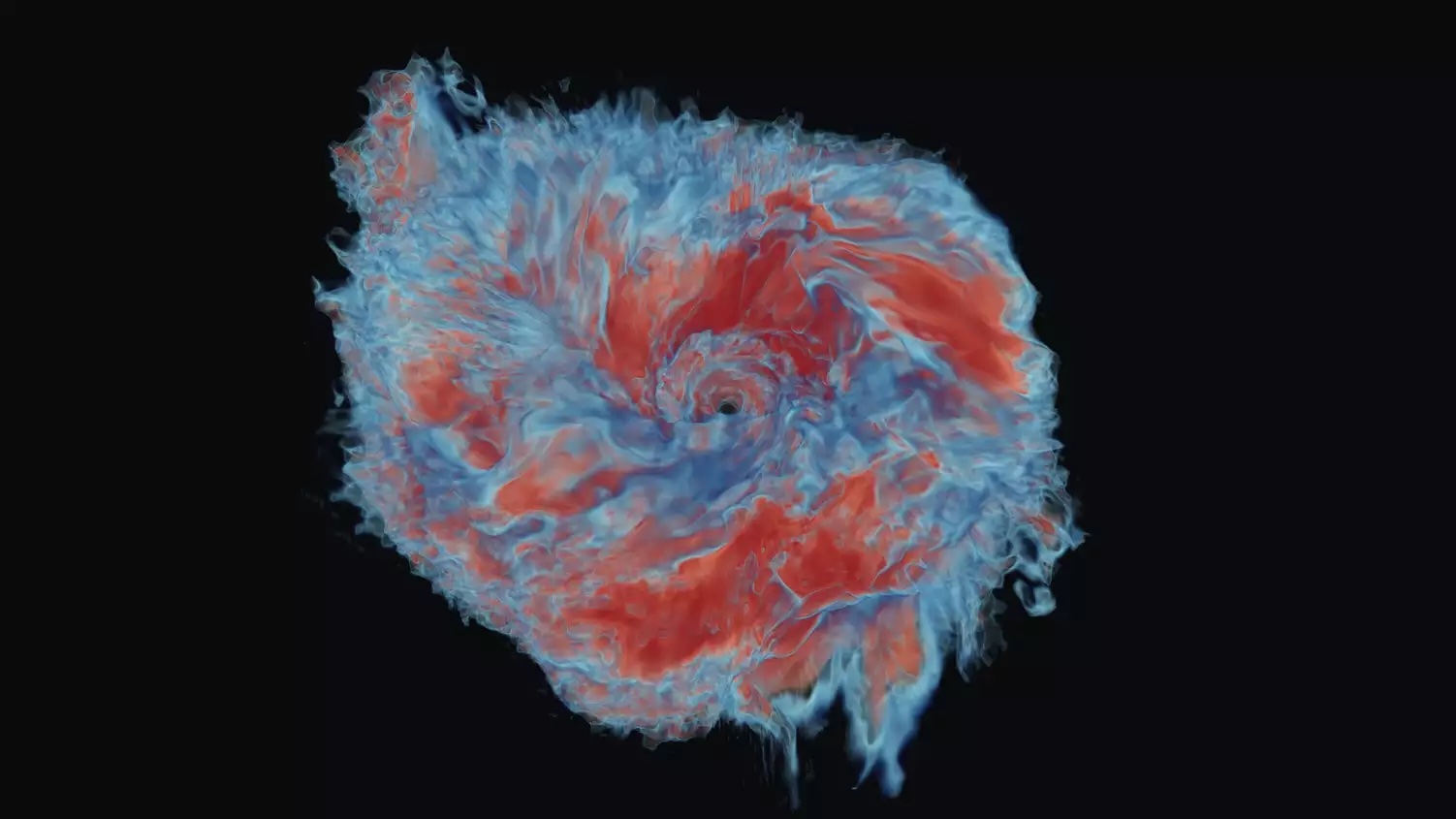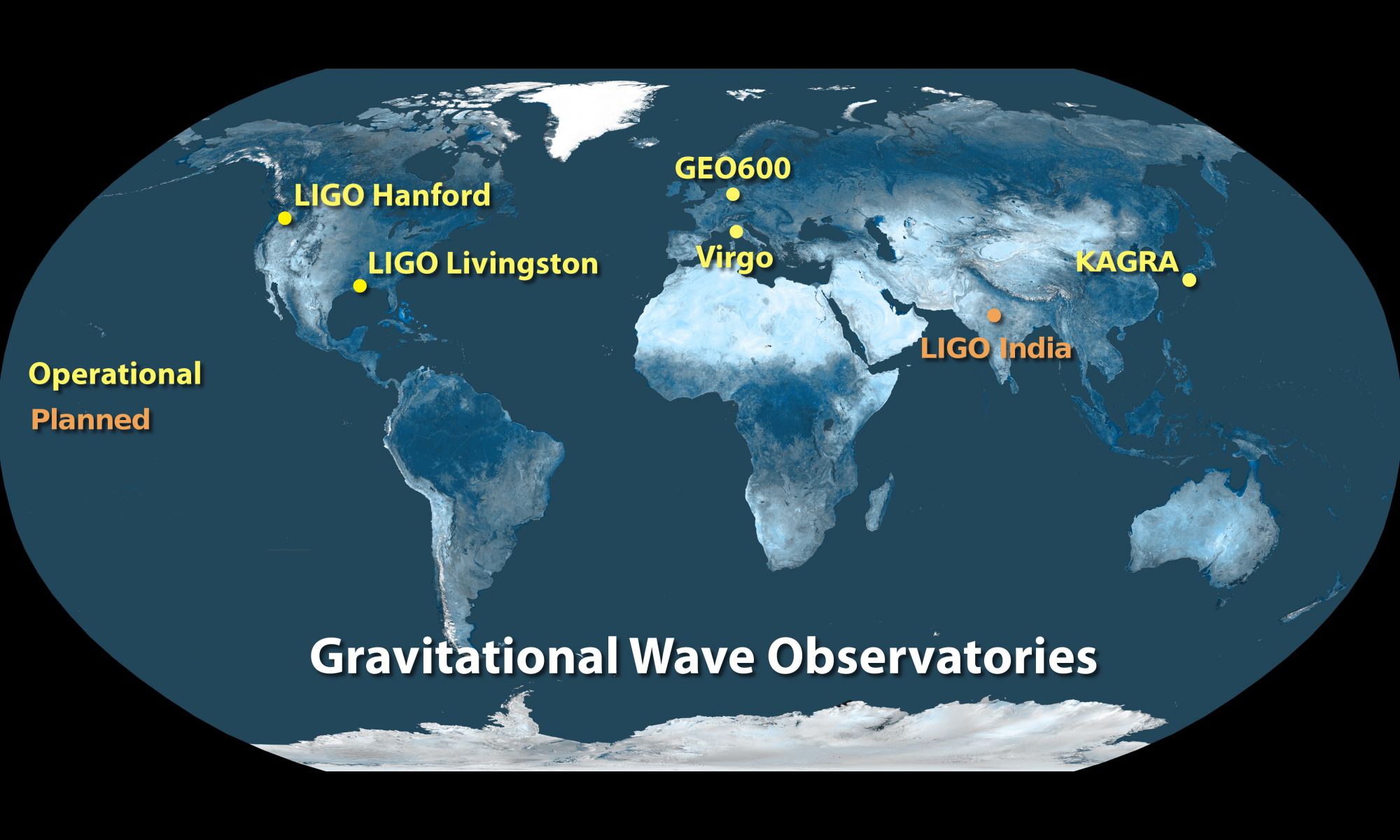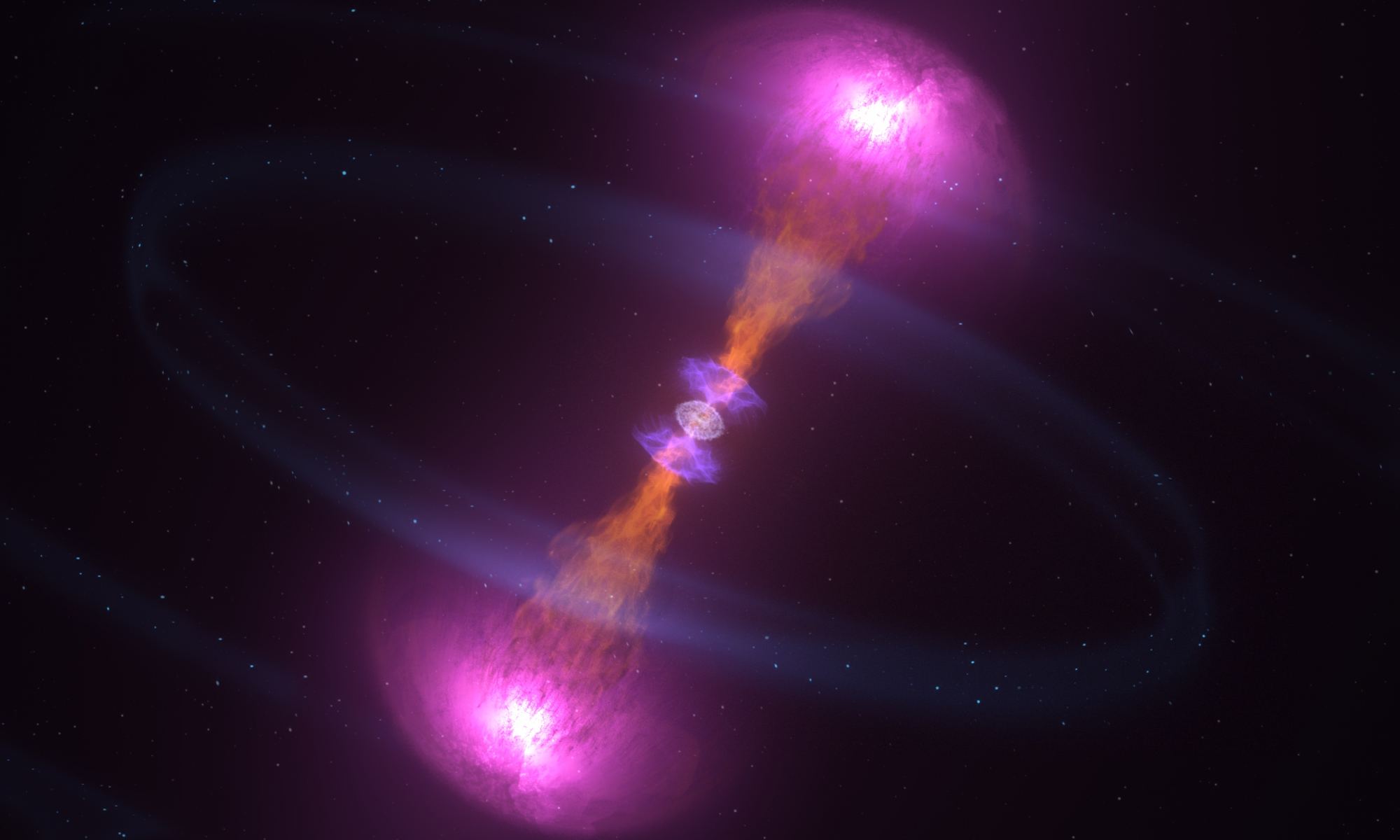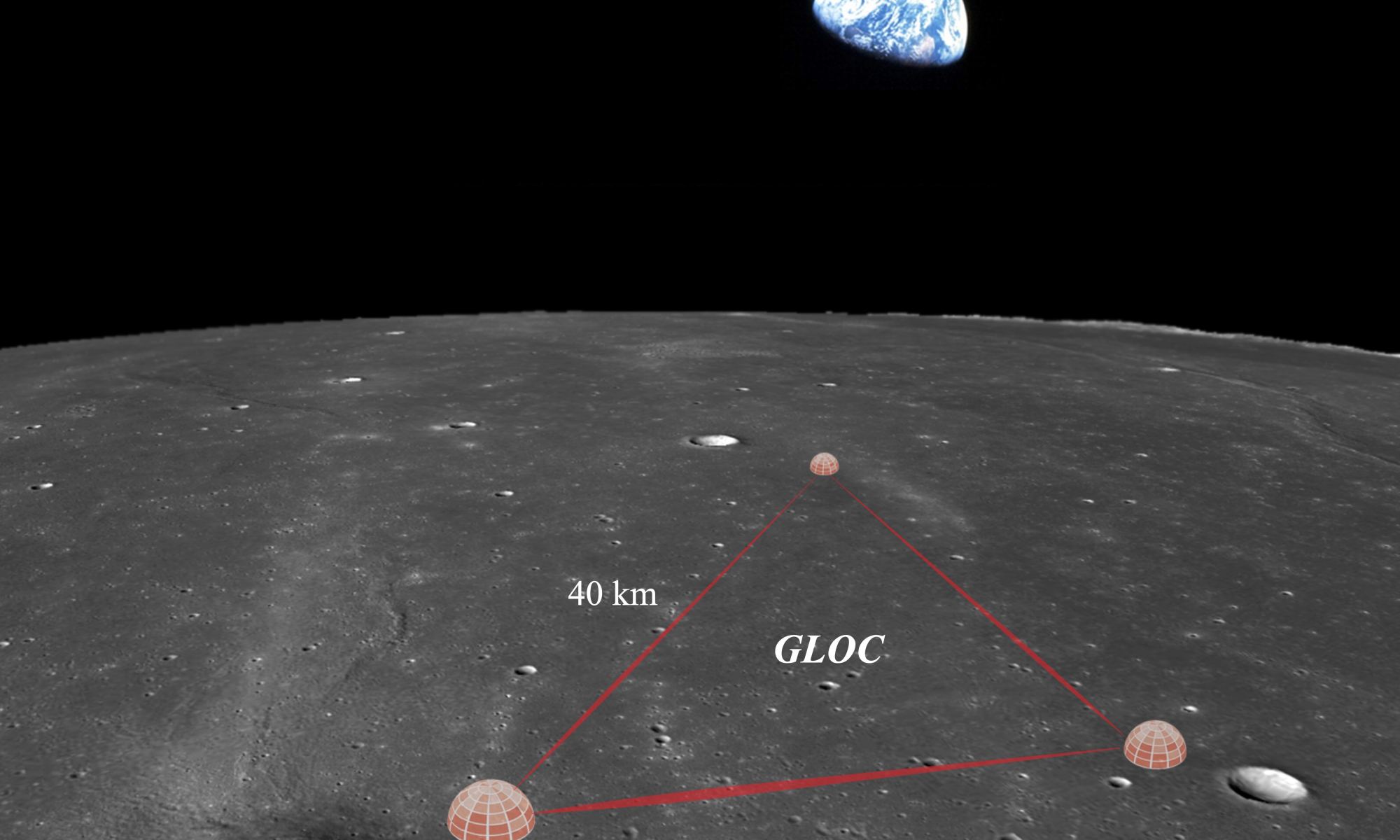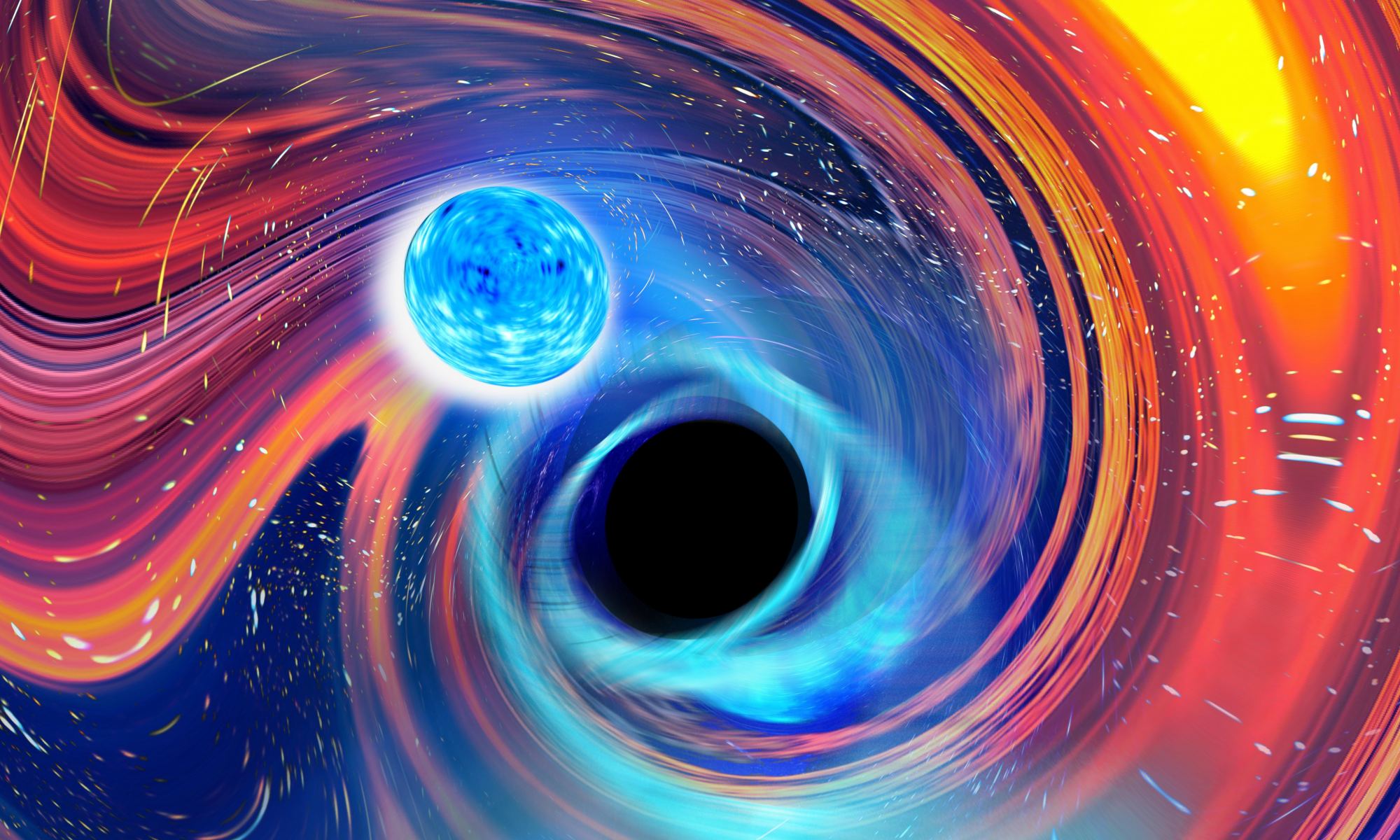Some of the most cataclysmic and mysterious events in the cosmos only reveal themselves by their gravitational waves. We’ve detected some of them with our ground-based detectors, but the size of these detectors is limited. The next step forward in gravitational wave (GW) astronomy is a space-based detector: LISA, the Laser Interferometer Space Antenna.
Continue reading “NASA is Building Telescopes for the LISA Mission”NASA is Building Telescopes for the LISA Mission


